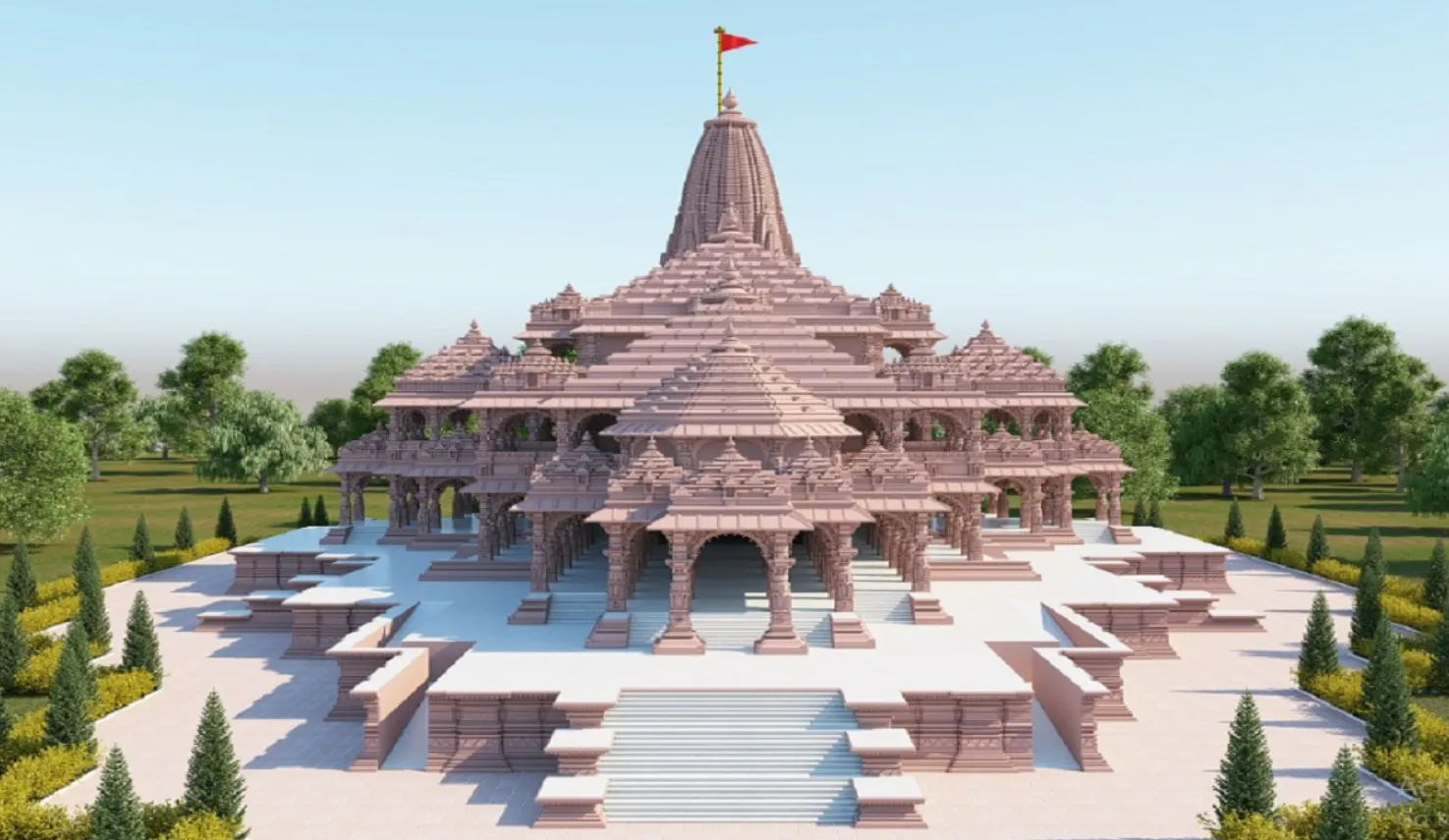Ten years back, devotees made reservations and stood in snake-like queues to have a glimpse darshan. They now don a 1,999 cardboard headset, stroll through a photorealistic Garbhagriha and even wave a virtual camphor lamp to light it up. Hello, new pilgrimage route of India-in pixels, broadcast on fibre.
Virtual darshan platforms: Headsets meet holy bells
The 2020 lockdowns have driven numerous temples to broadcast aarti, but soon flat screens were not enough. MokshaVR, a Bengaluru start-up, used LiDAR rigs to scan 50 shrines and recreated every carving at a sub-millimetre level. Their freemium app provides 8K stereoscopic tours at 60 fps, and low-latency, which is served out of AWS edge nodes in Mumbai and Chennai. Pilgrims are able to reserve a 99-rupee (priority queue) which opens up real-time access to priests; donations are channeled through UPI to temple trusts, with transparent bills attached. More than 3 million sessions recorded by 2024, 42 % of which in Tier-2 towns where the travel expenses exceed the headset prices. Even priests adopt the technology; voice-recognition APIs activate Sanskrit chants when people fold hands, and the rituals remain authentic. Footfall has not decreased physically Tamil Nadu HR&CE Department sees a 7 % increase indicating that VR does not replace footfall but rather increases it. Similar to hybrid classrooms, virtual darshan increases access and maintains the sense of magic of being present.
The Art of Designing Devotion: UX Decisions That Honor Ritual and Privacy
Creating a spiritual app is not another game coding. The developers work with pundits to adjust camera heights–not higher than the level of the deity eyes–in order to respect iconographic principles. Haptic feedback resembles temple floors: the heat of basalt-like vibrations in Kashi and the coolness of marble in Guruvayur. In the case of deaf users, a hand-held controller emits light patterns in time with temple bells, a feature which the National Centre for Assistive Technology described as a win. Privacy is the key; an avatar will be an anonymous, robe-wearing silhouette unless the user chooses to opt-in using profile pics. Data is kept on-device until the user taps on the option to share blessings, and this follows the draft Digital Personal Data Protection Act in India. Even the codebase of the app includes a five-second black screen after every part of the ritual, prompting the user to think in the real world rather than scrolling continuously. Reviewers on this website praise the design for feeling “like meditating inside code.” This conscious UX shows that technology can kneel before a tradition and still take the envelope to the next level in terms of immersion.
Economic Ripple: Tech Parks to Temple Towns
VR pilgrimages push bizarre new value chains. Varanasi artisan photographers now make 15,000 rupees a month photographing 360 diya-lit alleys, which are then licensed to platforms. Local experts offer myth bite-sized capsules; each two-minute narration is paid royalties of 2,500 rupees to form a gig-based scripture economy. Bengaluru IT parks are renting headsets that include a package of lunch-hour darshan at 49 rupees, with 60 percent of the revenue going to the canteen operators. Even hospitality players are not left out: those who complete a virtual tour of Tirupati are served up micro-targeted offers: 10 % off a real-life Andhra tour package, which translates 4 % of clicks into bookings, says travel-tech firm YatraPath. Even infrastructure is a beneficiary: temples that have installed high-speed fibre to stream VR are now operating digital queues and contactless prasad kiosks over the same infrastructure. The IIM-Ahmedabad economists predict that the extended reality (XR) pilgrimage market may reach 1200 crores by 2027, competing with specialised wellness tourism niches.
Mental Wellness and Accessibility Healing Pixels
The clinical psychologists record reduced cortisol levels, an average of 14 % decrease, in the seniors who have undergone regular VR darshan sessions once a week. In the case of bedridden devotees, the agency, left turn into a mandapa or kneeling down in front of Nandi, overturns the isolation. Using AI translators, real-time captions are overlaid on 12 languages, allowing the North-Indian migrants to learn the Tamil chants without the immersion being broken. In Maharashtra, hospitals experiment with so-called spiritual VR corners, where oncology patients book 15-minute trips to the temple in between physiotherapy. Early feedbacks recorded lower scores on the Visual Analogue Scale of pain-perception. Beyond health, accessibility flourishes: the blind will use the spatial-audio mode, following the 3D sound directions that represent the corridors of the temples with the help of bells and mantra chants. This universal design makes heritage sites a pooled cultural capital without wheelchair ramps. VR therefore evolves beyond the status of a novelty in entertainment to a democratizing and therapeutic tool in the spiritual world of India.
Conclusion
Virtual-reality temple tours cannot substitute the smell of jasmine or the confusion of sandalwood lines, but they are transforming the way Indians are integrating devotion into the busy days. With their consideration of ritual detail, data protection, micro-economic stimulation, and increased accessibility, 360 darshan platforms show that religion and futurism can share the same gopuram steps. With headset prices dropping and 5G covering the villages, don not be surprised when more shrines, whether in the far Himalayan gompas or along the coasts, welcome pilgrims with photons, followed by the steps. In the case of the tech-savvy seeker, salvation can begin with a mere tap of an app, travel bag packed to make the next journey in the flesh and blood.








